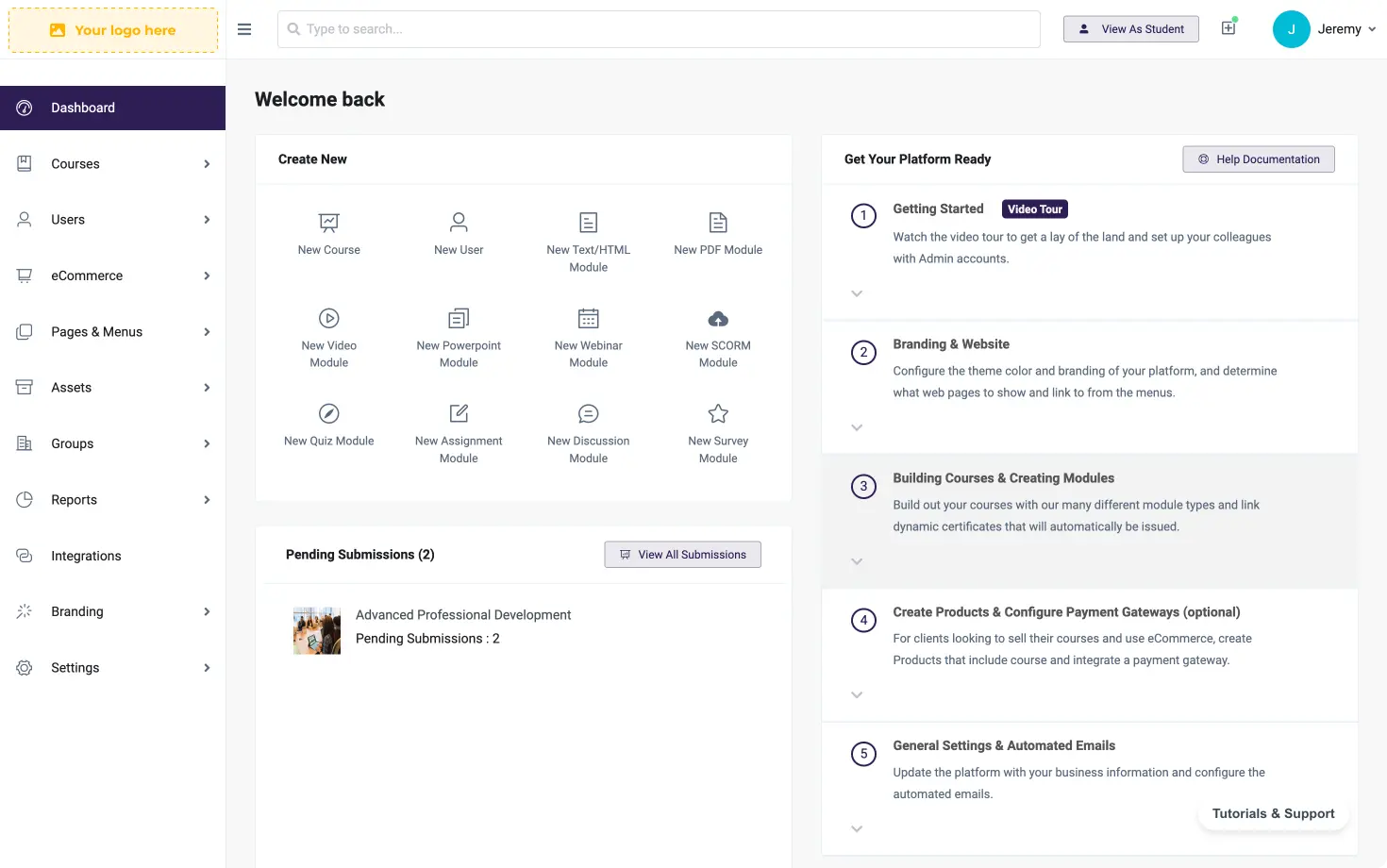Continuing Education, Continuing Medical Education, Education, eLearning, eLearning As A Business, Professional Training
Keeping Track of Your Continuing Education Credits

Whether a lawyer, plumber, doctor or electrician, a growing number of careers require ongoing training through Continuing Education (CE) credits for professionals to keep their licenses in good standing. CE credits can be earned by taking in-person classes and attending conferences or conveniently online via self-paced courses and also live-streaming virtual classes.
How did Continuing Education start?
Continuing Education was born in at the Chautauqua Lake Sunday School Assembly (later to become the Chautauqua Institute) in 1874 in Chautauqua, New York. Successful almost instantly, courses there expanded beyond just Sunday school courses into academic subjects, music, art and physical education. Following this, CE began to be offered at the university level, with notable examples being Cornell University offering CE courses starting in the 1870s and the University of Wisconsin making CE classes available beginning in 1907.
Going into the later 20th century, universities began to see both the financial and strategic benefit to having CE courses a standard feature in their available programs. By offering CE courses, schools such as Georgetown University, Michigan State University and the University of Denver have benefited through strengthened partnerships with corporations and government agencies, which has enabled them to shape curricula that is relevant to degree programs while also generating revenue to support academic enterprises.
Following the 2008 Great Recession, a 2009 survey by Eduventures reinforced the belief that continuing education is a valued resource for working adults, with over two-thirds of study respondents stating that their own personal value of education has risen in part due to the potential of an unstable economy.
The Current CE Process
Once CE credit is earned from an accredited education provider, the student receives a certificate showing the completed course as well as their CE credit(s). Accredited CE education providers are evaluated and approved by each specific license’s accrediting body, with licensing overseen at state, federal and national levels. Dependent on agreements between accrediting bodies as well as licensing standards, at times CE credits may transfer across accrediting regions as well as be applied to multiple licenses requiring CE credit.
On a periodic basis, professionals are required to report their CE credits to their accrediting body in order to keep their professional license compliant. Some CE education providers will report CE credits directly to accrediting bodies, whereas some do not and the responsibility to report credits then falls on the student.
Ultimately, it is always best practice for each licensed professional to know:
- The number and type of CE credits their professional license requires
- When credits need to be earned by
- When credits need to be reported to accrediting bodies.
The CE Credit Audit
Periodically, CE accrediting bodies conduct audits, requiring professionals who need to maintain license compliance to submit evidence of CE credits earned. Proof of earned credits can be substantiated with course certificates, email confirmations or class transcripts. Keeping track of and documenting CE credits can become further complicated if credits were earned through multiple sources, whether online classes, in-person classes, conferences or self-study.
Regardless of where credits were earned, once audited licensees are still required to provide a full accounting of their CE credits in order to remain licensed and actively working in their field. Whether in an audit or not, licensees have the option of keeping track of their credits themselves, using a paid CE credit tracking service or at times their employer may provide credit tracking as a part of their employment.
Life Can Be Easier: earn CE Credits through accredited education providers who offer electronic credit transmission
As technology has advanced and become integral in our day-to-day live, more and more CE providers offer electronic CE credit transmission to their students. You can learn more about Top LMS Platform components for Continuing Education here.
Working with a CE provider who offers electronic credit has a number of benefits for you:
- Your CE accrediting body is automatically notified of any earned CE credits, making your account with them always current
- In the event that you are audited, you are likely to have to do substantially less (if any) work to document your earned CE credits
- You have one less thing to worry about and the peace of mind of knowing that your credits are documented securely
Most importantly, electronic credit transmission is one more way to ensure that your professional license remains current and that your livelihood is protected, is especially in the event of an audit.
Have questions? If you would like to know more about the learning solutions we offer (including electronic credit transmission for our CE clients) and how we can help you succeed, please send us a message via our Contact Page or email us at [email protected].

